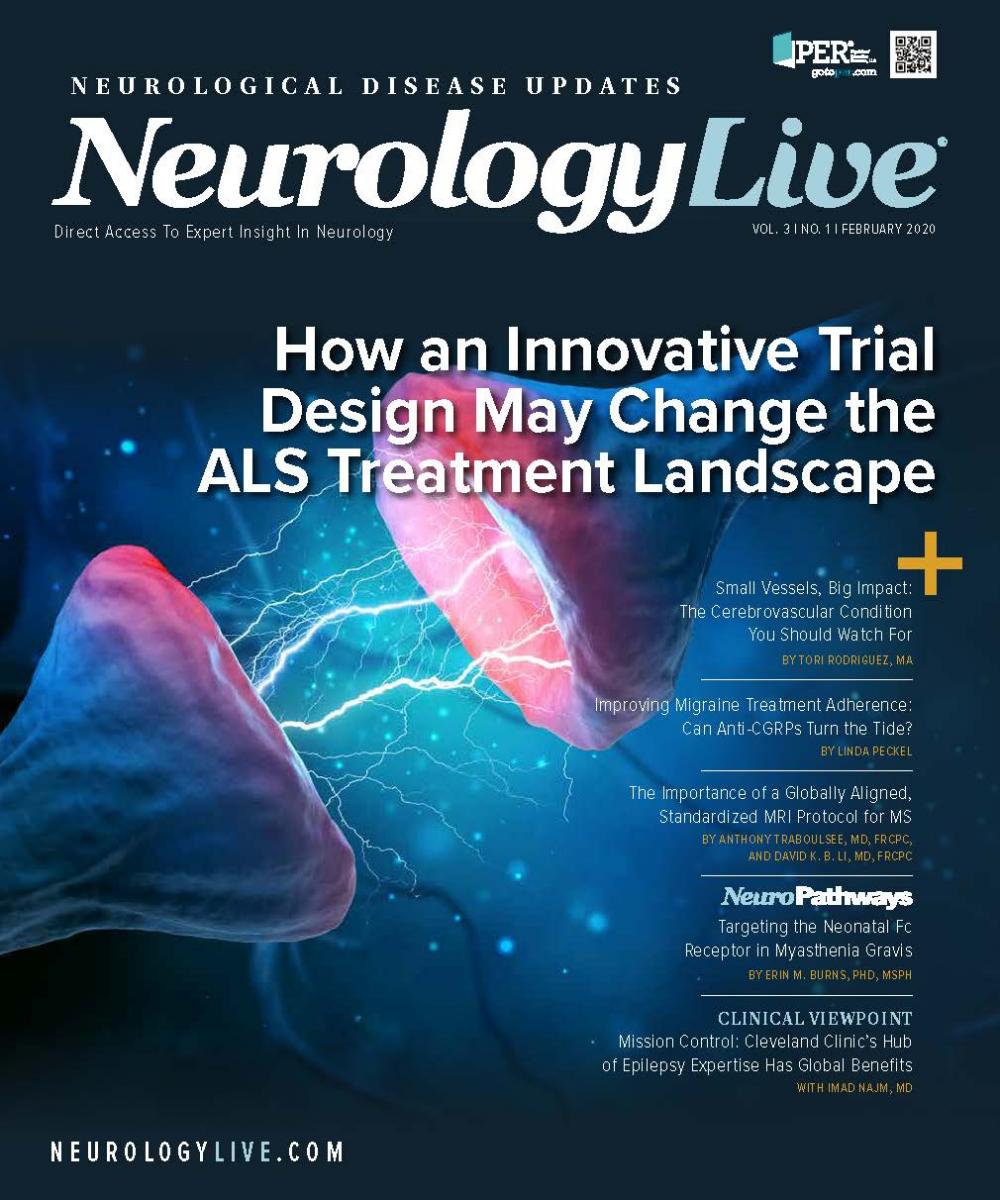Publication
Article
NeurologyLive
Options Are Key to Optimizing Patient Care
Author(s):
NeurologyLive's editor in chief Stephen D. Silberstein, MD, discussed the ways to optimizing patient care.

Stephen Silberstein, MD
There appears to be no slow start to the new year in neurology, as the FDA has already approved new treatments for neurologic disorders, including intranasal diazepam for seizure clusters and expanded indications for vigabatrin and suvorexant in epilepsy and insomnia, respectively. In fact, neurology ranks second only to oncology in this year’s prospective drug pipeline, with nearly 30 potential drug approvals slated for 2020.
Within the headache specialty, my colleagues and I are fortunate to be on the receiving end of a steady flow of new drug development for patients with migraine and other headache subtypes. We closed out 2019 with the FDA approval of ubrogepant, a first-in-class small molecule inhibitor of calcitonin gene-related peptide for the acute treatment of migraine. We also look forward to the FDA’s upcoming decisions on another small molecule gepant, rimegepant, as well as eptinezumab, which if approved, will be the first anti-calcitonin gene-related peptide drug delivered via infusion.
In the end, an expanded armamentarium of treatments means more personalized therapeutic strategies for patients. It is truly an exciting time to be a neurologist as our ability to safely and effectively treat both common and rare diseases comes into focus, allowing us to take a step back and observe all of the facets that translate into a therapy being clinically meaningful for our patients





